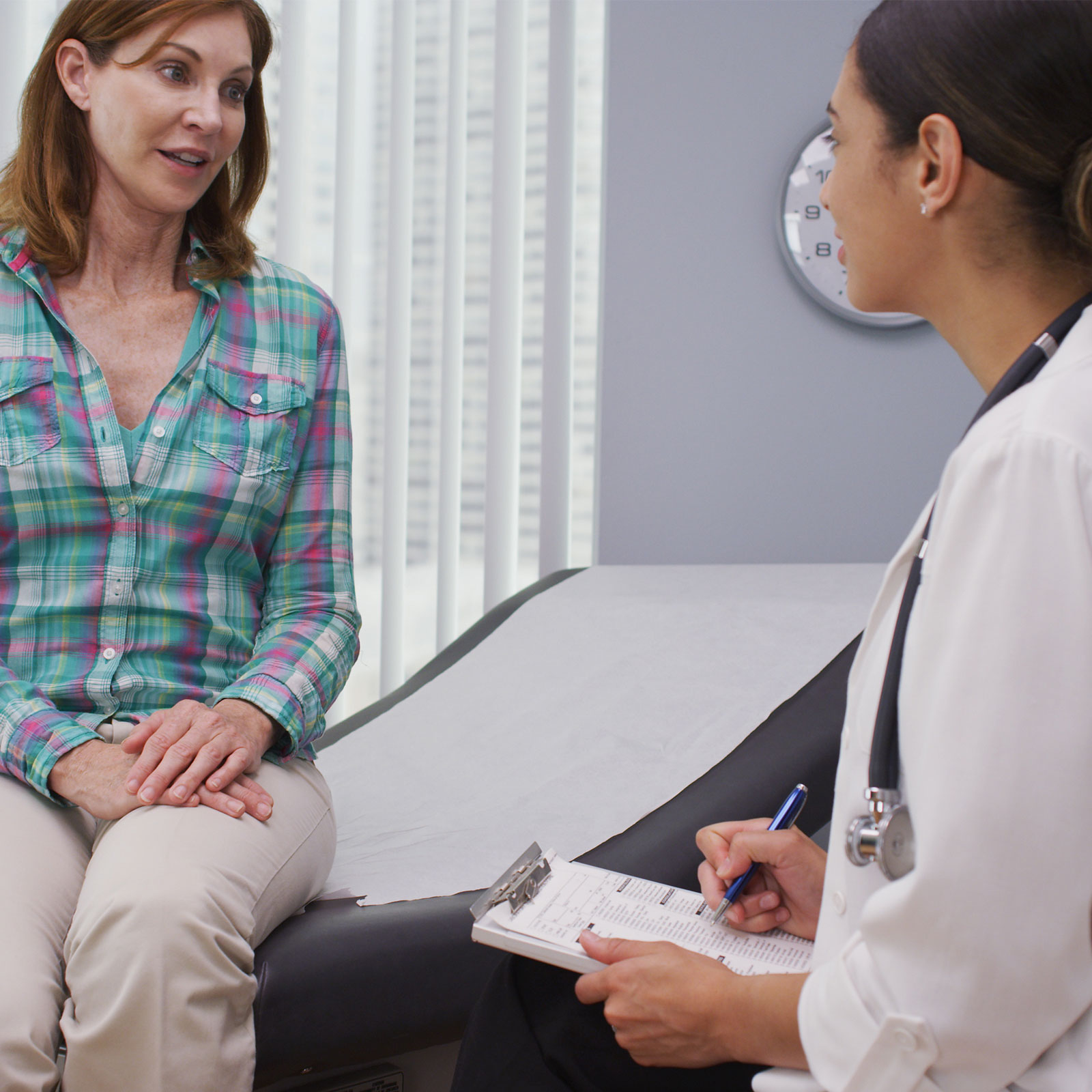A mammogram uses an X-ray involving a very small dose of radiation (less than a standard chest X-ray) to screen for abnormal cells or growths in the breast tissue. During this process, the breast is placed between 2 supports that are gently pressed together to give the X-ray a clear picture. You may experience some discomfort, but only for a few seconds each time.2 The entire procedure lasts only about 20 minutes. You can usually get a mammogram in an imaging center, some doctor’s offices or in a mobile breast cancer screening unit.
Mammograms are an important part of the fight against breast cancer. They may detect the presence of abnormal cells up to 3 years before any symptoms can be felt.3 Because mammograms are so effective at catching these early signs, they can reduce the mortality rate of breast cancer by up to 40%.4
The American Cancer Society® recommends:
- That women should have the choice to begin annual screenings at age 40
- Women ages 45 to 54 should have a mammogram once per year
- Women 55 and over should get breast cancer screenings every 2 years, or annually if they choose5
Humana plans cover annual preventive mammograms with no out-of-pocket costs to Humana members beginning at age 40.
The cost for a diagnostic mammogram, such as to diagnose a medical condition, can vary based on your insurance coverage, age, what state you live in or your income.6 Humana Medicare Advantage plans generally include a diagnostic mammogram if ordered by a doctor. Cost share may vary depending on the plan.
If you have Medicare Part B or Medicare Advantage, you are covered for all of the costs of yearly screening mammograms and up to 80% of the cost of necessary diagnostic mammograms. However, there may be some additional out-of-pocket costs for diagnostic mammograms.7
Several government programs and nonprofits provide low-cost or free mammograms for low-income or uninsured women across the U.S., such as the National Breast and Cervical Cancer Early Detection Program (NBCCEDP).

